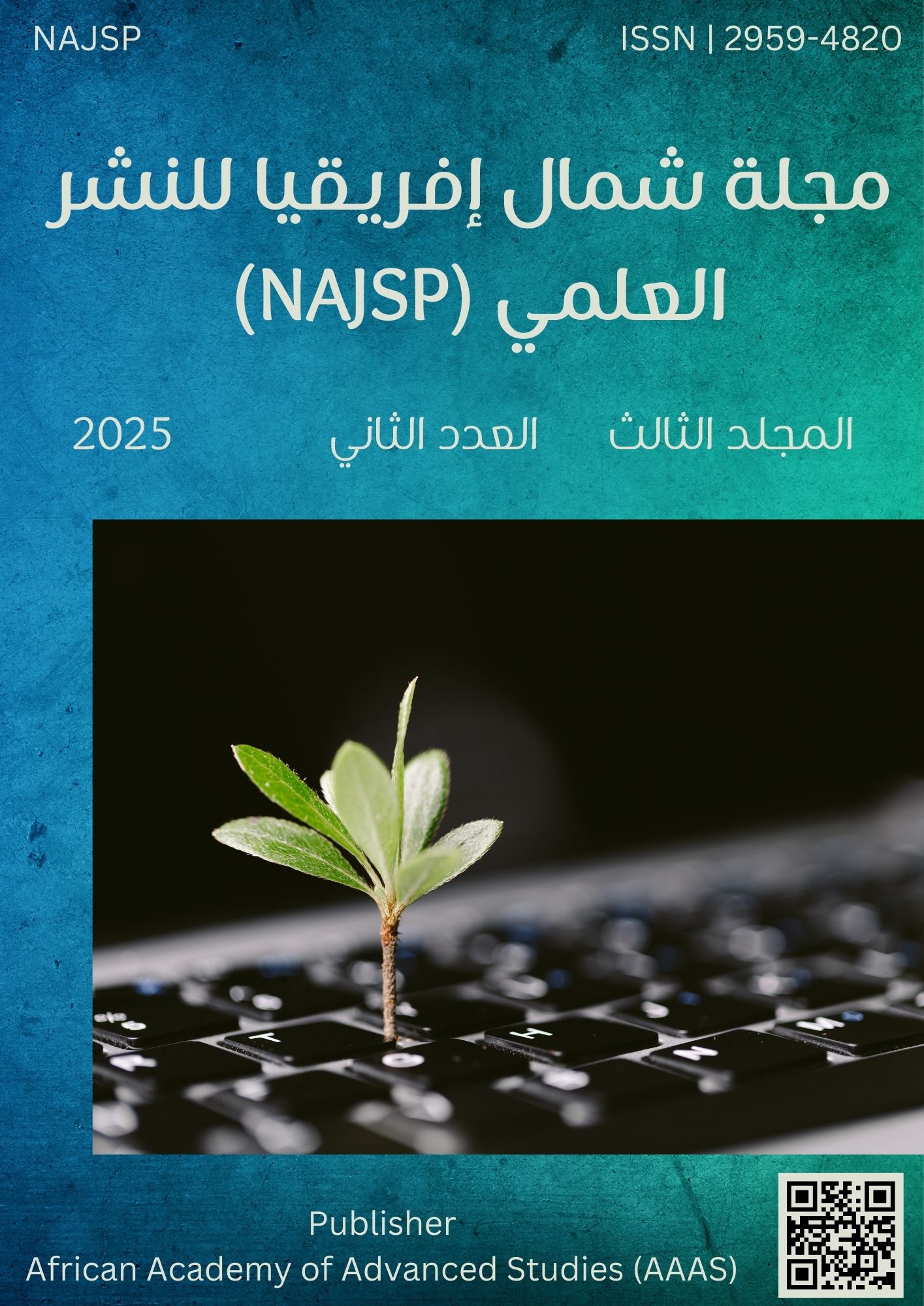Evaluating the Effect of Climate-Specific Fertilizer Practices on Soil Health and Crop Productivity in Arid Regions of Libya
Keywords:
Arid regions, Soil organic carbon (SOC), Nutrient cycling, Crop productivity, Fertigation, Organic amendments, Water retentionAbstract
Libya’s predominantly arid environment produces shallow, sandy soils with very low organic matter and water-holding capacity. These soil constraints, combined with high salinity from carbonates and gypsum, challenge crop productivity. This review synthesizes published studies and reports on fertilizer management tailored to arid climates (climate-specific fertilizer practices), focusing on Libya and comparable regions (Egypt, Saudi Arabia, Australia, etc.). We examine impacts on key soil health indicators (soil organic carbon, salinity, microbial biomass, water retention, etc.) and major arid-region crops (wheat, barley, olives, dates). The literature shows that integrating organic amendments (e.g. crop residues, manure, biochar) with inorganic fertilization consistently raises soil organic carbon, cation exchange capacity, and microbial biomass. Techniques like drip fertigation align water and nutrient supply with crop demand, boosting water- and nutrient-use efficiency and yield (e.g. a 12% average yield increase). Climate-smart strategies (e.g. 4R nutrient stewardship) minimize nutrient losses, reduce salinization, and mitigate greenhouse-gas emissions. In Libya, where crops depend on groundwater, such practices can improve yields of wheat, barley, olives, and dates while conserving scarce water. Socioeconomic factors (farm size, cost, market) also influence adoption. We conclude that locally adapted fertilizer management including residue retention, precision fertigation, and stabilized fertilizers is essential for sustainable agriculture in arid Libya. This paper integrates evidence from FAO reports and peer-reviewed studies to provide comprehensive guidance for climate-resilient fertilizer use in Libyan farming systems.







